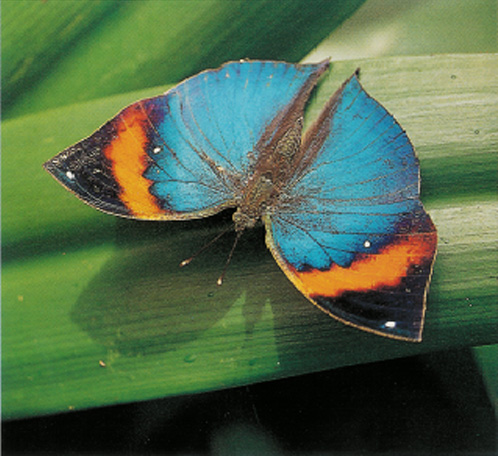 Bernard d’Abrera is a world-class lepidopterist who writes books that are largely about butterflies but also provide him a springboard for critiquing the sham that is Darwinism and also for promoting intelligent design. Below is a post that appeared here at UncommonDescent in 2005 on the first book that he was kind enough to send me (please read the review of that book linked to my designinference website). Just recently I received his latest, Butterflies of the Afrotropical Regions, Part III. As with all his books, the typesetting and photography (all his own) are superb. The really fun part for me, however, is the introductory material, where he goes after Darwin, Dawkins, the Smithsonian, and other assorted villains.
Bernard d’Abrera is a world-class lepidopterist who writes books that are largely about butterflies but also provide him a springboard for critiquing the sham that is Darwinism and also for promoting intelligent design. Below is a post that appeared here at UncommonDescent in 2005 on the first book that he was kind enough to send me (please read the review of that book linked to my designinference website). Just recently I received his latest, Butterflies of the Afrotropical Regions, Part III. As with all his books, the typesetting and photography (all his own) are superb. The really fun part for me, however, is the introductory material, where he goes after Darwin, Dawkins, the Smithsonian, and other assorted villains.
This newest book by d’Abrera is available here for purchase. It’s not cheap, so if you can’t afford it, see if you can get your local or university library to buy it.
——————————–
What Have Butterflies Got to Do with Darwin? Part I
(originally posted at UD on November 22, 2005)
Check out the following review of Bernard D’Abrera’s wonderful book on butterflies: designinference.com/…dAbrera_review. Below is my favorite picture in the book (p. 60; note the caption; emphasis in the original):

The so-called leaf butterfly, Kallima limborgi not
pretending to be a leaf! Malaysai, 1992.